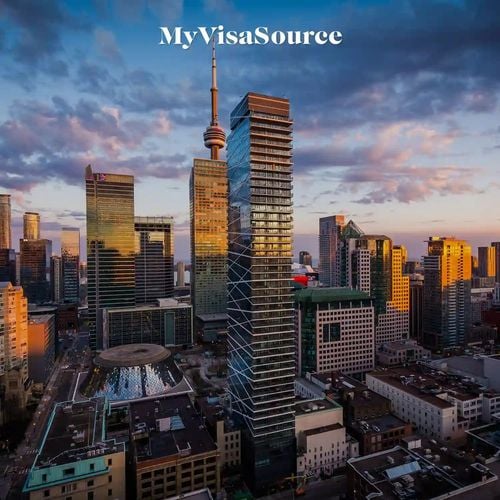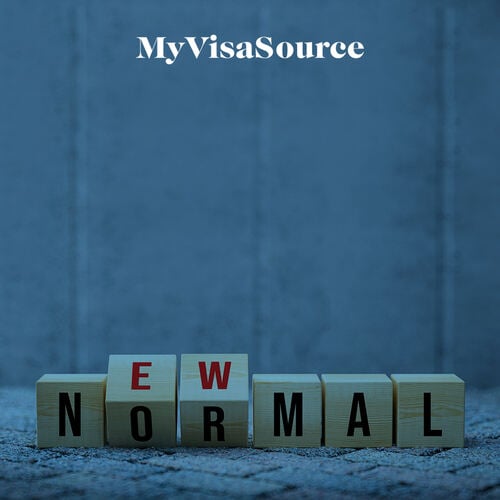The H-1B Visa and the EB-5 Visa are immensely popular pathways for foreign workers and businesses to immigrate to the United States. However, in light of the pandemic, many immigrants are unsure about what the future holds for both visa programs. So, let’s find out!
What Is the Future of the H-1B Visa?
The H-1B Visa has been suffering from increased fraud and image problems. First introduced in the 1990s, the H-1B Visa became popular around the 2000s with the tech boom and an exponential increase in demand for tech workers. However, since then, the H-1B Visa has suffered due to a misconception that it adversely affects the opportunities for American workers.
The H-1B Visa has faced limitations and restrictions under both Democrats and Republicans. Former President Donald Trump even suspended the H-1B Visas last year citing the importance of protecting American jobs during the time of the pandemic. When President Joe Biden came to office, he chose to let the suspension end naturally at the end of March 2021 rather than overturning it. All this indicates uncertainty in the future of the H-1B Visas.
What Is the Future of the EB-5 Visas?
The future of the EB-5 Visa program is expected to be secure once it gets through its Regional Center Reauthorization Process in June 2021. The EB-5 Visa garners support from both political parties as it brings in millions of dollars and creates employment opportunities at no cost to the taxpayers.
There are two types of investments that one can make for an EB-5 Visa:
Direct Investment:
It is when the investor makes and manages their investment on their own. This aspect of the EB-5 Visa will continue regardless of the reauthorization process in Congress.
Indirect Investment:
It is when the investors opt to invest under the Regional Center program. A majority of EB-5 applicants opt for this method. The investment requires applicants to create 10 employment opportunities for Americans. However, under indirect investment, applicants can also consider “indirect jobs” created by the Regional Centers.


















